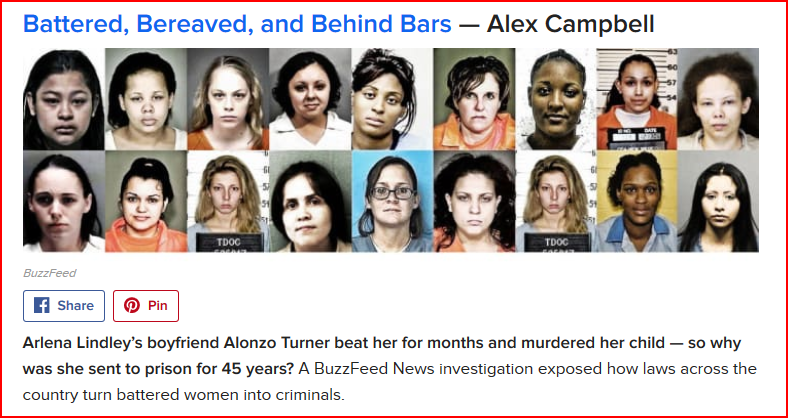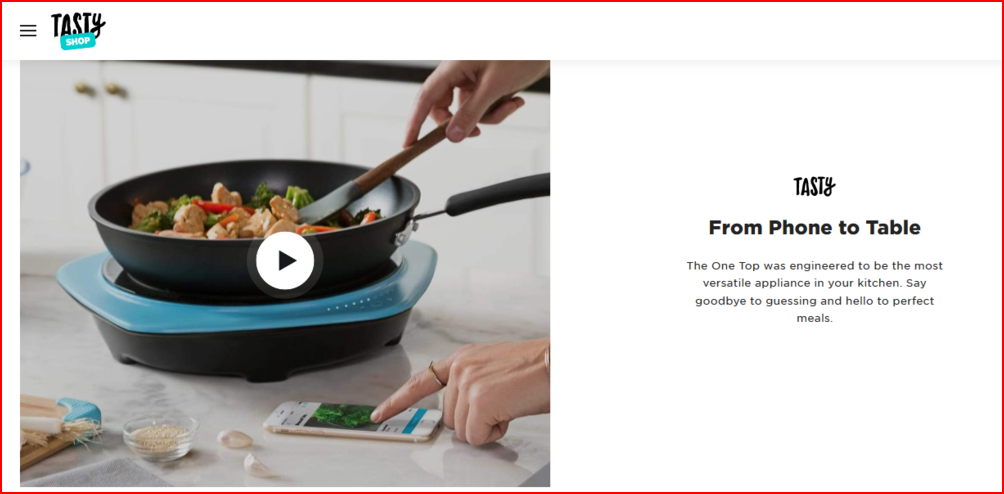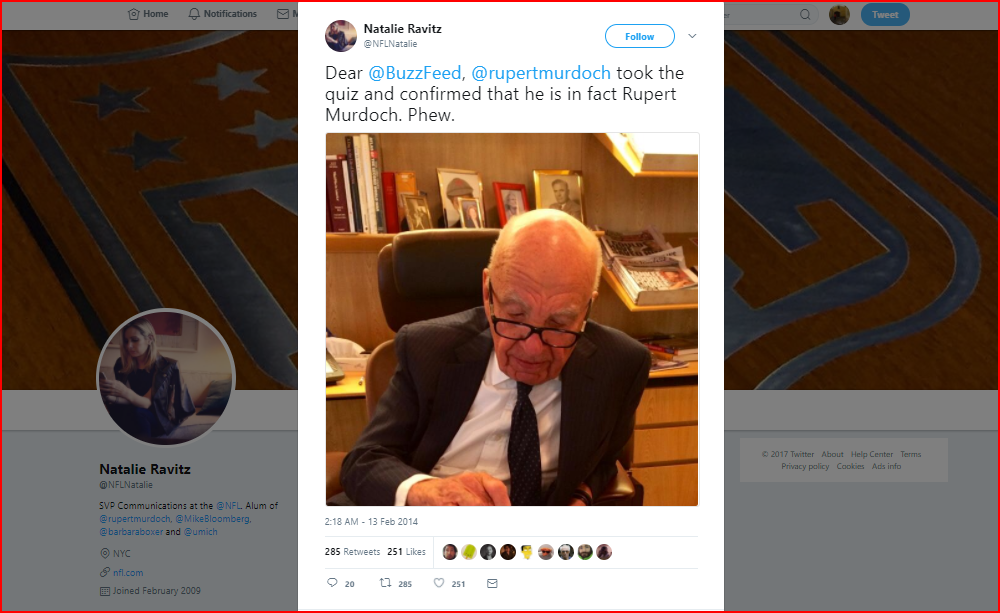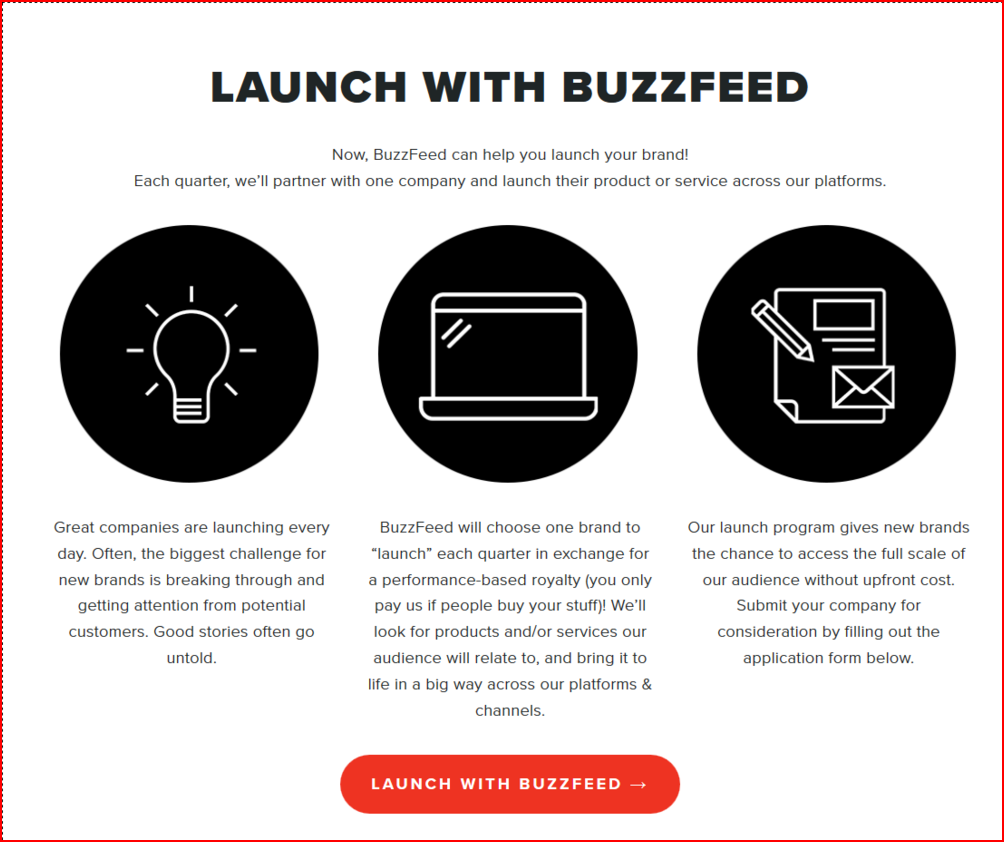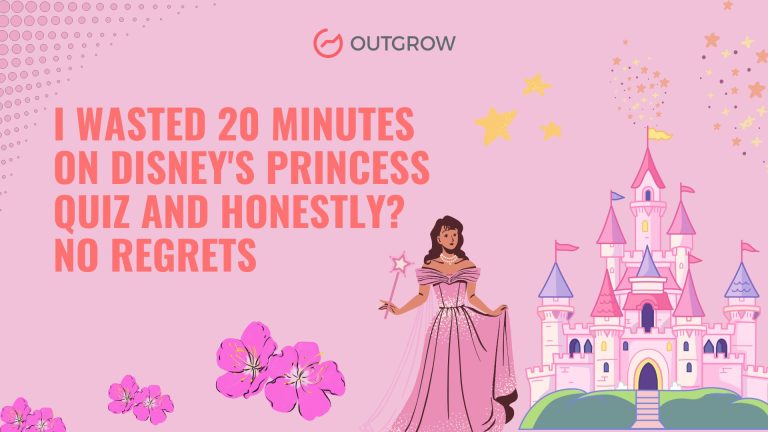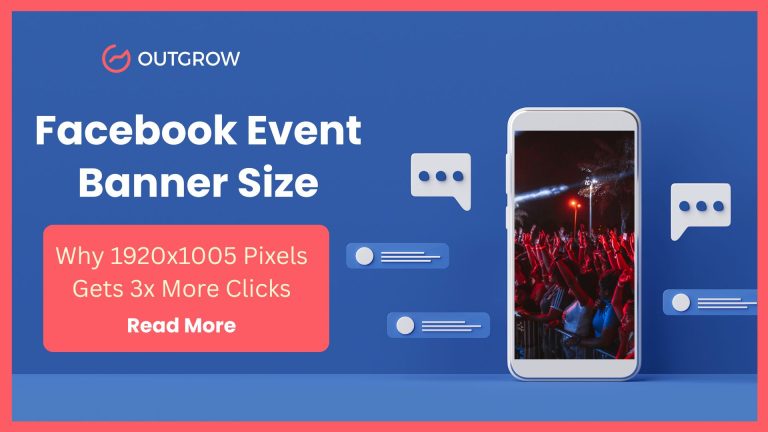BuzzFeed Case Study: The Buzzfeed Story (Beyond Cute Cats and Memes)
Table of Contents
Any Westworld fans out here? Alright, don’t get us wrong. We didn’t use Buzzfeed as bait to get you to read this blog. We ARE, in fact, going to discuss Buzzfeed case study and how they disrupted the media landscape but first, we’ll shift focus to their backstory.
Their Humble Beginning
Like every host has a backstory in Westworld, Buzzfeed too has one. If you’re thinking it’s a total rag to riches story, let us warn you it is anything but that. It all started in 2001 when Jonah Peretti, the co-founder and CEO of BuzzFeed was pursuing a master’s at MIT’s media lab. Like most students, instead of finishing off his thesis (hello procrastinators!), he was busy killing time, exchanging emails with Nike.
Whaaaaaaaaaaaaaa?
Yeah! He heard about Nike’s shoe customizing scheme and so sent them a request over an email. In the National Public Radio podcast, “How I Built This”, he said, “I first tried a four-letter word and it rejected it, and so I was trying to figure out how the system worked. They had blacklisted a bunch of words… And then I put the word ‘sweatshop’ in, and it went through.”
Thud! Little did he expect that the word ‘sweatshop’ would be rejected too because according to Nike it was an “inappropriate slang”. Was Peretti going to give up? Nope! He said, “No, it’s in the dictionary. It means a shop or factory where workers toil around in unhealthy conditions. Now can you send me the shoes?”
Guess what followed next? Nike rejected the request. And that’s when Peretti put together his correspondence with them and forwarded it to a few of his friends.
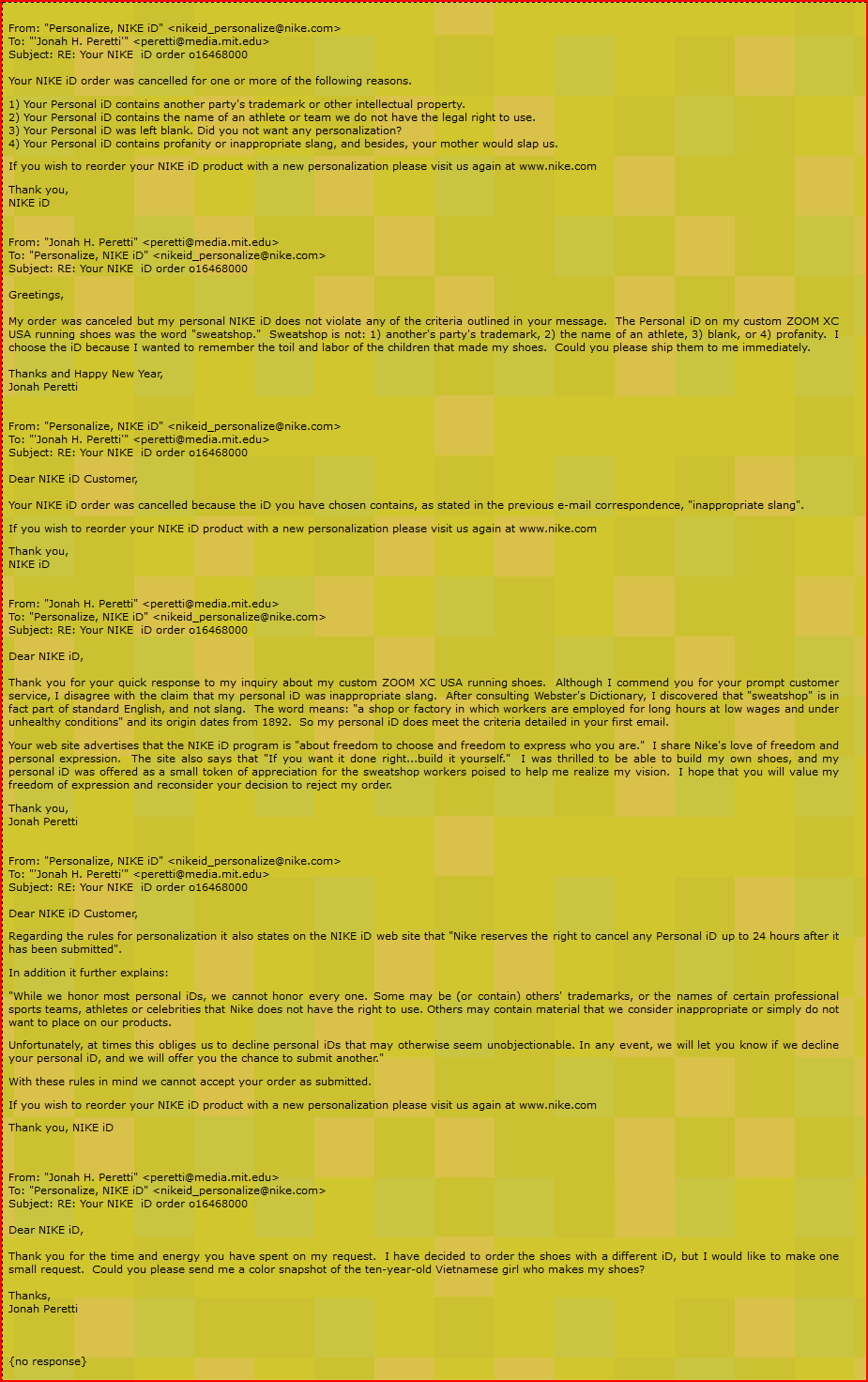
A few days later, thanks to email forwards, he received emails from thousands of strangers and activist communities (3,655 emails between January 15th and April 5th, 2001). Within three months he was on NBC’s The Today Show debating labor practices. Apparently, “following the broadcast of the debate, Nike’s Manager released a statement reporting that custom shoe sales on the Nike iD site reached their third-highest in a single day on Wednesday.” Good on them, eh?
Coming back to Peretti, this whole episode got him thinking as to “how a student, with no contacts in media, reached billions of people…”
Then Came Ken Lerer, Arianna Huffington, John Johnson & the Famous Buzzfeed Lab
Amidst all this brouhaha, he came in contact with Ken Lerer and Arianna Huffington, with whom he started the Huffington Post in 2005. Around the same time, he started Buzzfeed as a side project/lab with John Johnson. Both John and Ken Lerer invested money in this. What really got John and Peretti together was their growing fascination about why people share content, what gets them excited and how it affects the media industry, and politics, what value people get when they share, etc.
BuzzFeed Lab’s first product was an instant messaging client, Buzzbot. Its IMs ran on algorithms that would scour for popular, trending links and forward them to people. Unfortunately, they couldn’t scale it so they created a website and later recruited editors who would write about the links Buzzbot discovered. This seemed to have worked and once they started to attract visitors they decided to raise funding.
But nobody wanted to invest in Buzzfeed.
In one of the interviews, Peretti said that “It was always, ‘Is there any way you can do this without having any writers or content creators or journalists? Can you make this automatic? Could you detect what was trending and then grab stuff from other places and turn it into an article synthetically where the cost of content creation would be zero?”
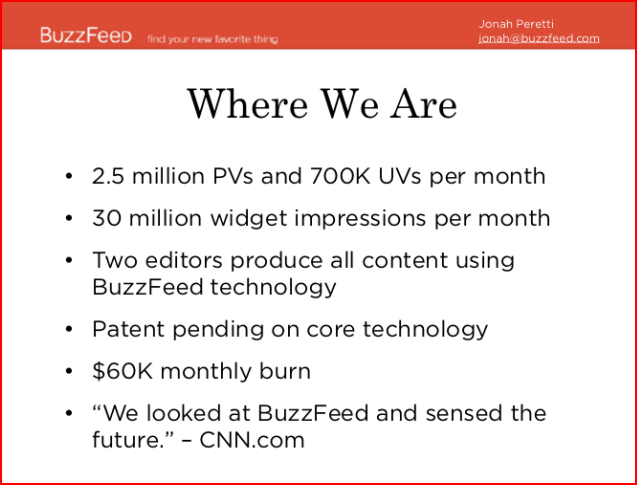
The Much-awaited, Big Break
Luckily, SoftBank pumped in money at the right time. But, was it ever going to be easy to divide time between The Huffington Post and BuzzFeed? Nah!
Then in 2011, AOL purchased The Huffington Post, which meant Peretti could immerse himself, head-to-toe in his pet project. Apparently, 2011 was also a good time for them to start. Facebook and Twitter finally caught people’s attention and so did BuzzFeed.
BuzzFeed’s First Ever Viral Meme
It was titled, “The Disaster Girl”. What’s incredible is that 8 years after its creation someone actually took the time to reveal the true story behind it!
Meme after meme, they struck gold with one of their other make-content-go-viral tactic: cute kittens.
But, BuzzFeed was not only about memes, humor, Or cute kitties
In the previously mentioned NPR podcast, Peretti said that humor and animals worked for BuzzFeed because they bring people together. This shared emotion, not the actual “thing” that triggered it, is what makes them happy. However, that was not what BuzzFeed could be reduced to.
To prove their point, in January 2012, Ben Smith was hired as the editor-in-chief of BuzzFeed’s news division. Then, in October 2013, Pulitzer winner Mark Schoofs took over as the head of investigative reporting. Within a year, the team grew to 11 members (now 20) “producing stories — large and small — that exposed injustice, corruption, and wrongdoing.”
They were really making a huge difference with the kind of content the team wrote.
One of their investigative journalists, Alex Campbell wrote a story on grotesque injustice towards women who were jailed for not being able to prevent their partners from harming their children. The story made a huge impact on the life of one of the imprisoned women, Arlena Lindley, and she was granted parole.
By 2016, Buzzfeed had grown to become a team of 20 investigative journalists across two countries, the United States and Britain.
Yet, what’s also true is that no matter how hard-hitting investigative stories be, they still don’t get the staggering amount of shares that lighter stuff gets. Despite that, BuzzFeed news “has won the National Magazine Award and the George Polk Award, and been a finalist for the Pulitzer and the Michael Kelly Award.”
Also, Netflix has released a 20-episode behind-the-scenes documentary series, Follow This, that follows BuzzFeed News reporters as they develop their stories. Proves a point?
Joining The YouTube Party
This may seem off the timeline so far, but BuzzFeed diversified right at the beginning of 2011 and started their flagship YouTube channel. Two years later, in 2013, they partnered with CNN to launch the “CNN BuzzFeed” channel on YouTube for the millennials. This move of collaborating with a recognized journalism brand gave the youth-run site credibility. It also helped them get away from the meme-aggregator image.
Never Without Hiccups
In 2014, they got veteran movie producer Michael Shamberg of Pulp Fiction and Erin Brockovich fame onboard. The same year they renamed their channel to BuzzFeed Motion Pictures (BFMP). Unexpectedly, BuzzFeed continued with viral video production. Although it was good for business, still, it raised doubts about why they needed Hollywood biggies for making viral, short videos.
The wait was finally over in 2016. As they announced their partnership with Warner Bros for making a feature film, “Brother Orange”.
Early rumors suggested that Jim Parsons was going to play the lead. As the story goes, the movie is based on a series of 2015 articles by Matt Stopera, who spent more than a year tracking his stolen iPhone all the way to China! We got pretty excited about this on-screen adaptation of accidental friendship but guess we’ll have to wait a little longer.
Making the Right Noise
In September 2016, BuzzFeed announced that YouTube ordered full seasons of its scripted comedy series “Broke” as well as the competition show “Squad Wars” for its subscription service YouTube Red.
It was a good move by YouTube because they knew that BuzzFeed knows how to keep people entertained. Besides, the guys who feature in the “Squad Wars” were already famous, thanks to BuzzFeed’s original series, “Try Guys”.
Found Success with Tasty and the Spin-off Appliances
Once again it’s off the timeline but that’s only because BuzzFeed does a lot of stuff simultaneously.
Tasty is BuzzFeed’s single biggest video property/channel that delivers 1 billion branded-content views and which makes it no. 1 among Facebook branded-content partners.
The launch of Tasty was actually one of the experiments to host content directly on a social network instead of sending people to their website. Why? Because around that time, Facebook’s algorithm favored anything that kept people ON Facebook. Clearly, other than mastering how human psychology works (content going viral, etc. because people prefer it) they were also working on platform-specific content.
Earlier this year, BuzzFeed Commerce, the product-run lab expanded the business by creating its own line of Tasty cookware. Now, they sell it exclusively through Walmart, starting @ $4.44 and going as high as $149. It’s an excellent pick-off from their customizable Tasty cookbook that sold enough to become a New York Times bestseller!
But, why did this media brand decide to diversify?
One of the reasons, besides reinventing themselves, is that they aren’t really meeting their ad revenue targets from Facebook, etc. Peretti has even expressed his disappointment and took a dig at Facebook and Google in one of the interviews with Recode. According to him, Facebook and Google have distorted the media ecosystem by hoovering up most of the digital ad revenue and putting “high-quality creators at a financial disadvantage”. Watch the whole video below.
Riding the Wave of Viral Quizzes
Remember the What City Should You Actually Live In quiz? As of today, it sits at 41.6 million views and counting. Such is the craze for quizzes. We still have our Facebook feeds plastered with them. Wonder why? That’s because BuzzFeed quizzes evoke all sorts of emotions, are fun, and always about “YOU”. Even if the results may lack depth or are considered frivolous, people still take them because they still believe in the ‘unexpected’ aspect of results.
Even Rupert Murdoch couldn’t resist taking the Which Billionaire Tycoon Are You? quiz.
Pro Tip: Perhaps, you too want to create BuzzFeed-like quizzes, but are missing the mark. Don’t worry. We’ve got you covered with this super-detailed guide.
How about Launching with BuzzFeed?
BuzzFeed has come a long way. They have a massive fan following (650 million global audiences, 9 billion content views) that they can leverage and give upcoming brands the exposure they can benefit from. And, this is exactly what led to Launch with BuzzFeed.
The Latest Buzz
On 10 July this year, BuzzFeed News announced the launch of Profile by BuzzFeed News. It’s a new, weekly interview show hosted by Audie Cornish of National Public Radio.
According to the statement released by BuzzFeed, “Watch is the destination on Facebook where people come together around video. We’ve seen that people enjoy coming to Watch to find timely, relevant content and to catch up with the publishers and creators they care about. We think that this is a great opportunity to test a viewing destination for high-quality news content within Watch and are excited about the possibilities here with the broader ecosystem of news publishers.”
Final Words
If you didn’t know the expanse of BuzzFeed’s work, you won’t surprise us. The good thing is that now you do know what it took a university student to create a buzz in the media world. The effect of his endeavors is something none of us can undo because whether you agree or not (for better or for worse), BuzzFeed did change the digital landscape.




